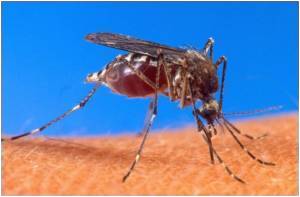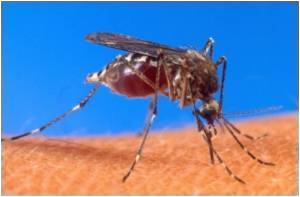Malaria mosquito apparently relies on a battery of different types of odour sensors to mediate its most critical behaviours, including how to choose and locate their blood-meal

Intensive research on insect olfaction over the past decade has revealed many details of the cellular and molecular basis of odor recognition.
Considerable attention has been focused on a diverse family of odorant receptors (ORs) that are expressed throughout the antennae and other head appendages and which drive the responses to a variety of volatiles.
Combining gene-silencing techniques with a new behavioural assay, the study confirms that one of the modes of action of DEET, the most commonly used commercial insect repellent, is based on the activation of a specific OR family member.
However, ORs alone do not appear to be able to account for the breadth of mosquito olfactory sensitivity as several potentially important human-derived odors such as ammonia, butylamine and lactic acid, have consistently failed to activate mosquito ORs.
The experiments described in the paper provide striking new evidence that A. gambiae has a second set of olfactory sensors that are fundamentally different from its primary sensors.
Advertisement
Thus, two distinct olfactory signaling pathways are active in mosquitoes: one is OR-dependent and accounts for responses to DEET as well as a large number of general odorants, while the other is OR-independent and may be responsible for sensitivities to a specialized subset of odorants, such as amine containing compounds.
Advertisement
"If this is the case then it is quite likely that it will play a critical role in attempts to develop improved lures and repellents to control the spread of malaria," he said.
The study will be published next week in the online, open access journal PLoS Biology.
Source-ANI













